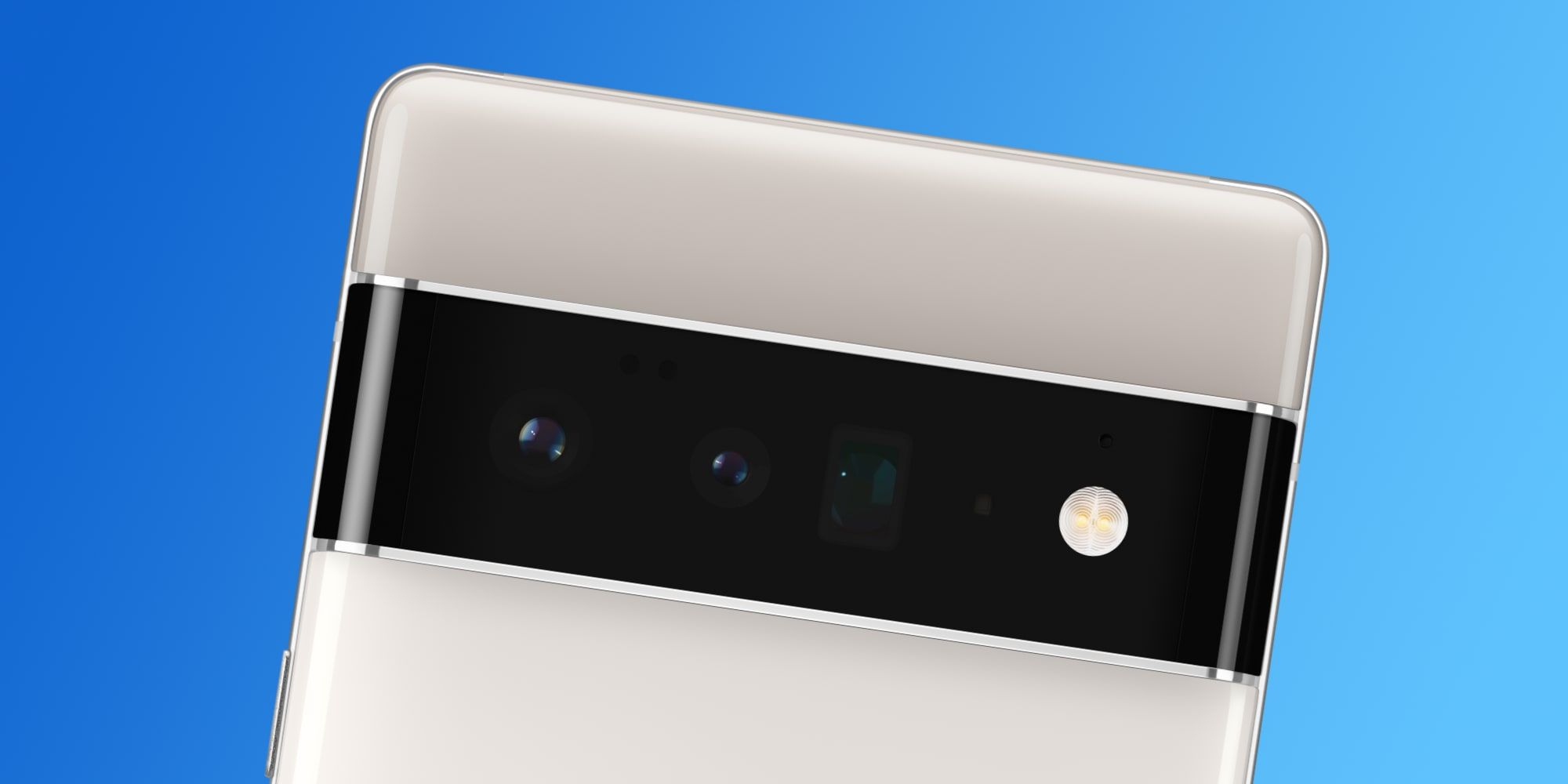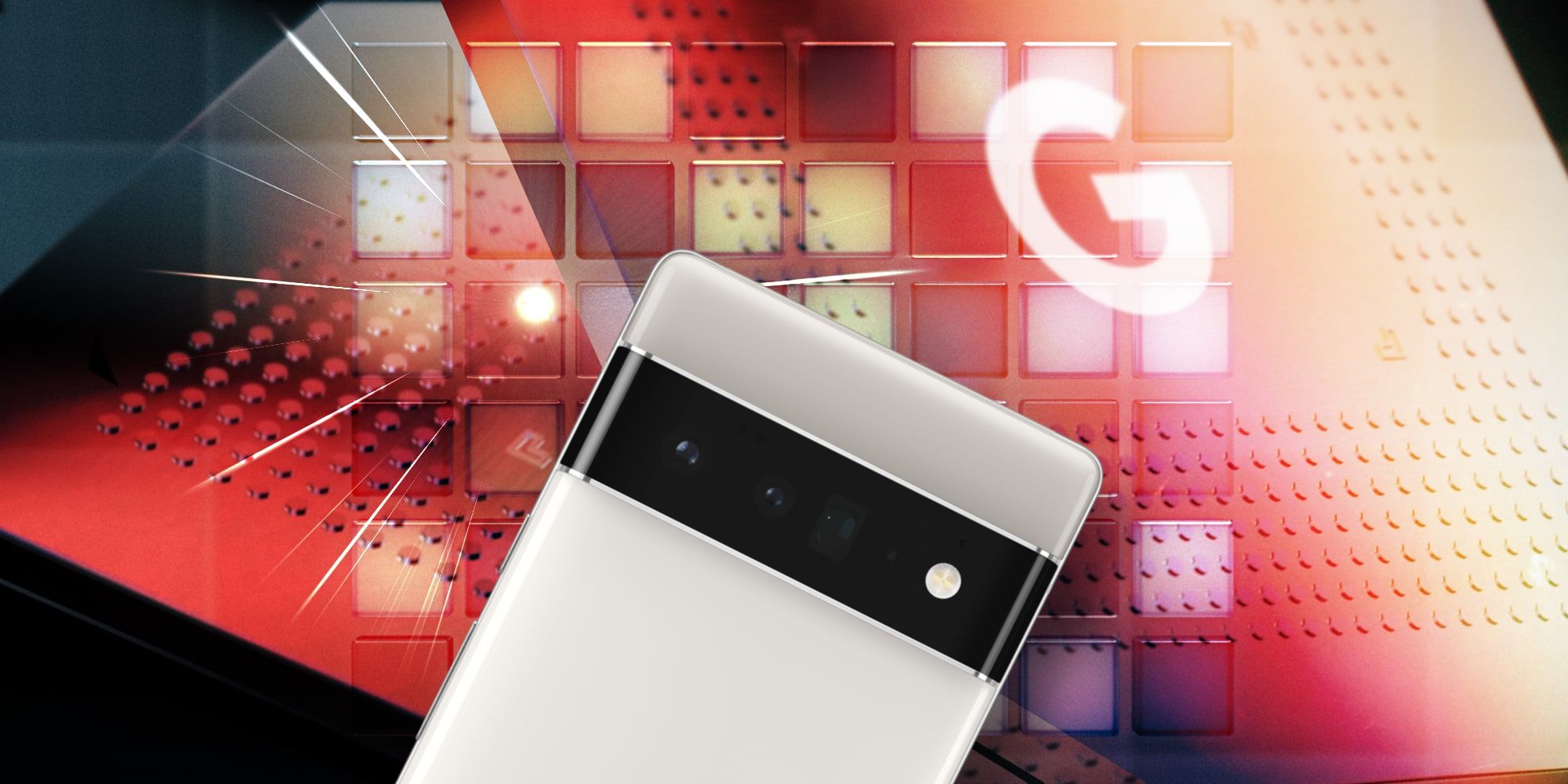The Pixel 6 Pro features the very best cameras ever used in a Google smartphone, with a megapixel count four times that of earlier models. Google has been working minor miracles with basically the same camera since 2017, yet still competing with the latest and greatest from Apple, Samsung, and others. Imagine what could be possible with updated camera technology and that will help to get a sense of what Google has achieved with its new Pixel 6 Pro.
Google uses computational photography to extract greater detail, more color, and wider dynamic range from its camera technology than would be possible under normal conditions. Using HDR+, it combines multiple shots taken with different exposures to create a single photo with a higher dynamic range than would otherwise be possible. Night Sight uses a similar technique but with longer exposures with machine learning models applied to sharpen, brighten extract what almost seems like impossible amounts of detail, even from photos taken while moving. Super Res Zoom uses sub-pixel shifts in movement when capturing a photo to create a combined photo that has greater resolution. Google didn't invent these techniques, but it mastered them and was the first to take it out of the lab and make this technology available to smartphone users.
With Google's updated cameras and custom-designed Tensor chip, all of these advanced techniques and more can be applied to the Pixel 6 Pro's new high-megapixel image sensors. The main camera is 50 megapixels, the four-times telephoto is 48 megapixels, and the ultra-wide is 12 megapixels. The Pixel 6 Pro's main camera has a much larger image sensor, allowing it to capture 150-percent more light than the Pixel 5. The selfie camera is a bit higher resolution with a wider field of view. Google always provides more than what would be possible with just hardware and that is more true than ever with the power of the Google Tensor chip. Magic Eraser identifies unwanted elements, such as photobombers, and can replace them with background scenery. Google's examples were very good but results will vary. Face Unblur is another exclusive of the Pixel 6 and 6 Pro, detecting faces in a photo and removing motion blur from that portion while keeping the natural blur of limbs, hair, and other parts of the photo.
Pixel 6 Pro Zoom & Special Features
One of the most impressive features of the Pixel 6 Pro is its telephoto camera. The optical zoom is nice at four times, but the magic begins when pinching to zoom further. Using the 48-megapixel sensor, Google has plenty of data to extract the information needed for crisp images and it can manage a good quality Super Res Zoom of twenty times. This isn't like Samsung's Space Zoom, which can be a bit like a painting. At twenty times, the Pixel 6 Pro produces good quality usable photos. The ultra-wide camera is good and uses the same Google processing for bright, sharp, and colorful photos.
With every Pixel 6 Pro camera, Google improves the photo with HDR+, enhancing brightness and contrast further to achieve very good photos with great detail in a wide variety of conditions. Naturally, Google brought the advances from earlier Pixel models to the Pixel 6 Pro, including astrophotography, portrait mode, portrait light, and dual exposure controls. In addition to Magic Eraser and Face Unblur, Real Tone does a better job of identifying skin tone for all types of people in various lighting conditions. Motion Mode gives the user special control of blur with Action Pan, which adds creative motion blur to the background, and Long Exposure, which blurs any parts of the scene that are moving. With new high-megapixel cameras and the Tensor processor, Google's computational magic shines like never before, making the Pixel 6 Pro an exciting choice for top-quality smartphone photography.
Source: Google


